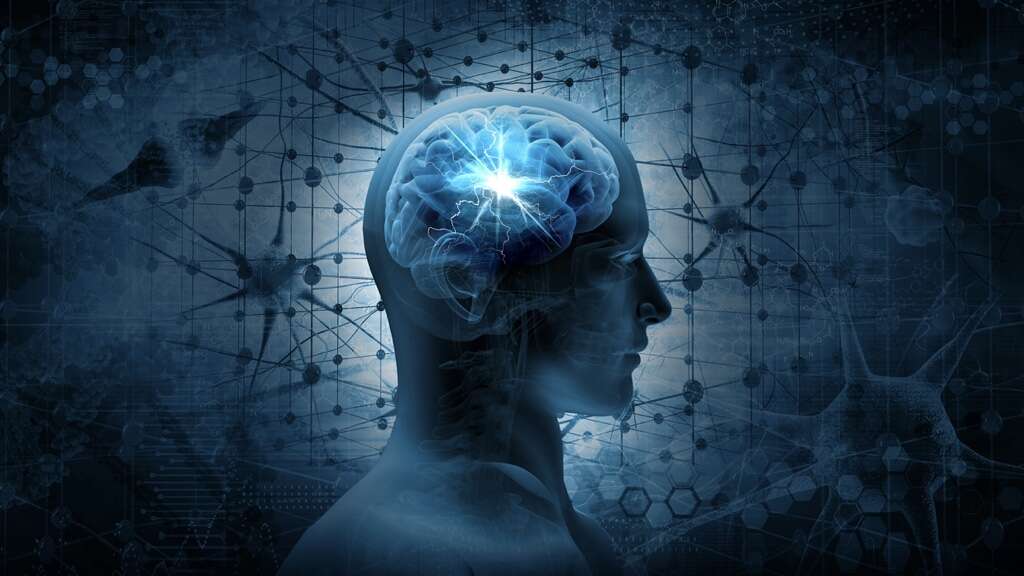10 Spinal Meningitis Symptoms
Spinal meningitis is a condition where there is infection that causes swelling of the protective membranes that surround the spinal cord and brain (meninges). Meningitis can be caused by viral, bacterial, and fungal infections. Depending on the cause, it can either resolve or become a life-threatening condition. Meningitis caused by a bacterial infection can lead to many complications including death.
Bacteria enters the bloodstream through an injury or infection. The most common bacterium that causes bacterial meningitis is pneumococcus. Other possible bacteria include meningococcus and Hemophilus influenzae. Vaccines are available to prevent all three bacterial meningitis. Viral meningitis is usually more common and less lethal. Treatment options include antibiotics, antiviral drugs, and corticosteroids.
In 2015, meningitis affected about 8.7 million individuals globally resulting in 379,000 deaths. Below are 10 meningitis symptoms to be aware of.

Symptom #1: Photophobia
Photophobia or light sensitivity occurs when there is abnormal intolerance to light. The affected person experiences pain or discomfort in the eyes when there is exposure to light. Photophobia may be due to genetic disorders, conditions of the nervous system, and issues of the eye.
Examples of conditions that may cause photophobia include meningitis, corneal abrasion, retinal damage, migraines, cataracts, aniridia, viral conjunctivitis, endophthalmitis, and retinal detachment. Treatment depends on the underlying cause.

Symptom #2: Fever
Fever or pyrexia occurs when the set point of body temperature increases above the normal range triggering a feeling of coldness and muscle contractions. In young children, a fever can also trigger febrile seizures.
A fever is a common symptom that can be seen in various conditions such as infections (viral, bacterial, parasitic), meningitis, appendicitis, common cold, deep vein thrombosis, and vasculitis. Treatment to reduce fever is usually unnecessary. However, the use of medications such as paracetamol (acetaminophen) and ibuprofen may be beneficial to help lower temperature.

Symptom #3: Headaches
A headache is pain that occurs anywhere in the neck or head. There are many types of headaches such as cluster headaches, tension type headaches, and migraines. Frequent headaches can cause depression and negatively affect relationships, employment, and school.
Headaches can be caused by fatigue, dehydration, inadequate sleep, side effect of drugs, common colds, and injuries. The treatment of a headache depends on the underlying cause and usually involves the use of pain medication such as paracetamol (acetaminophen) and nonsteroidal anti-inflammatory drugs (NSAIDs). A headache is a common symptom of meningitis and spinal meningitis.

Symptom #4: Fatigue
Fatigue is a gradual feeling of tiredness alleviated by rest. Fatigue can be divided into physical and mental fatigue. Physical fatigue refers to the transient inability of muscles to maintain maximum performance while mental fatigue occurs when there is transient decrease in optimal cognitive performance.
Fatigue can manifest as lethargy or somnolence. It is a vague and nonspecific symptom that can be seen in various conditions. It is also commonly seen among individuals with infection such as meningitis.

Symptom #5: Arthralgia
Arthralgia is a term that describes joint pain. It is a symptom that can be seen in illness, infection, allergy, or injury. Examples of conditions that causes arthralgia include systemic lupus erythematosus, rheumatoid arthritis, reactive arthritis, osteoarthritis, physical trauma, Lyme disease, and septic arthritis.
The diagnosis can be made by interviewing the patient and physical examination of the patient. Lab tests and medical imaging may be necessary in some cases. Treatment of arthralgia depends on the underlying cause and usually involves the use of pain medication, antibiotics (if due to infection), and immunosuppressants (if there is immune system dysfunction). It is also a potential symptom of spinal meningitis.

Symptom #6: Seizures
Seizures occur when there is excessive neuronal activity in the brain. It can lead to uncontrolled shaking and loss of consciousness. Most seizures last less than 2 minutes and it takes a while for the individual to return to normal. When seizures occur, there can also be loss of bladder or bowel control.
Some seizures can be triggered by alcohol withdrawal, low blood sugar, brain infection (such as meningitis), concussion, hyponatremia, and fever. Seizures that last more than 5 minutes are considered a medical emergency.

Symptom #7: Stiff Neck
While most stiff necks are due to ligament sprains or muscle strains, it is also a characteristic symptom for meningitis. The meninges refer to protective layers that cover both the spinal cord and brain. It also helps with directing the blood flow to the brain and transportation of the cerebrospinal fluid.
In meningitis, the meninges (dura mater, arachnoid mater, and pia mater) become infected and inflamed. When this occurs, the nerve fibers are activated and can contribute to both nuchal rigidity (neck stiffness) and pain. It also leads to reduction of the mobility of the neck. Clinical tests that may help to gauge if the meninges are inflamed include the Brudzinki’s sign, Kernig’s sign, and jolt accentuation.

Symptom #8: Muscle Spasm
Spasms are involuntary muscle contractions that may be caused by various medical conditions. It is most commonly a muscle cramp accompanied by pain. Severe muscle spasms can lead to tears in ligaments, tendons, and muscle strains.
It can also occur if there is weakened connective tissue. It is usually harmless and resolves on its own after several minutes. Muscle spasms are usually caused by muscle overload or ion imbalance. It can also occur in spinal meningitis.

Symptom #9: Nausea and Vomiting
Nausea describes an unpleasant sensation where there is an involuntary urge to vomit. While it may not be painful, prolonged nausea can be debilitating by placing discomfort on the back of the throat, chest, and upper abdomen. Vomiting refers to the involuntary expulsion from the stomach.
Both nausea and vomiting can be caused by issues such as increased intracranial pressure, gastritis, and motion sickness. Both nausea and vomiting can be managed using antiemetics such as promethazine, ondansetron, and metoclopramide. Excessive fluid loss may require intravenous fluid administration.

Symptom #10: Drowsiness
Drowsiness or somnolence refers to a strong desire for sleep. It can describe the state before falling asleep, being drowsy due to circadian rhythm disorders, or as a symptom of other health issues. Other possible associated symptoms are lack of mental agility, lethargy, and weakness.
Drowsiness can be dangerous especially when performing tasks where constant concentration is required. When fatigued, an individual may experience microsleeps. In illness, drowsiness can be a response that evolved to promote recovery through energy conservation while the body fights off the illness. It is a symptom seen in spinal meningitis.









